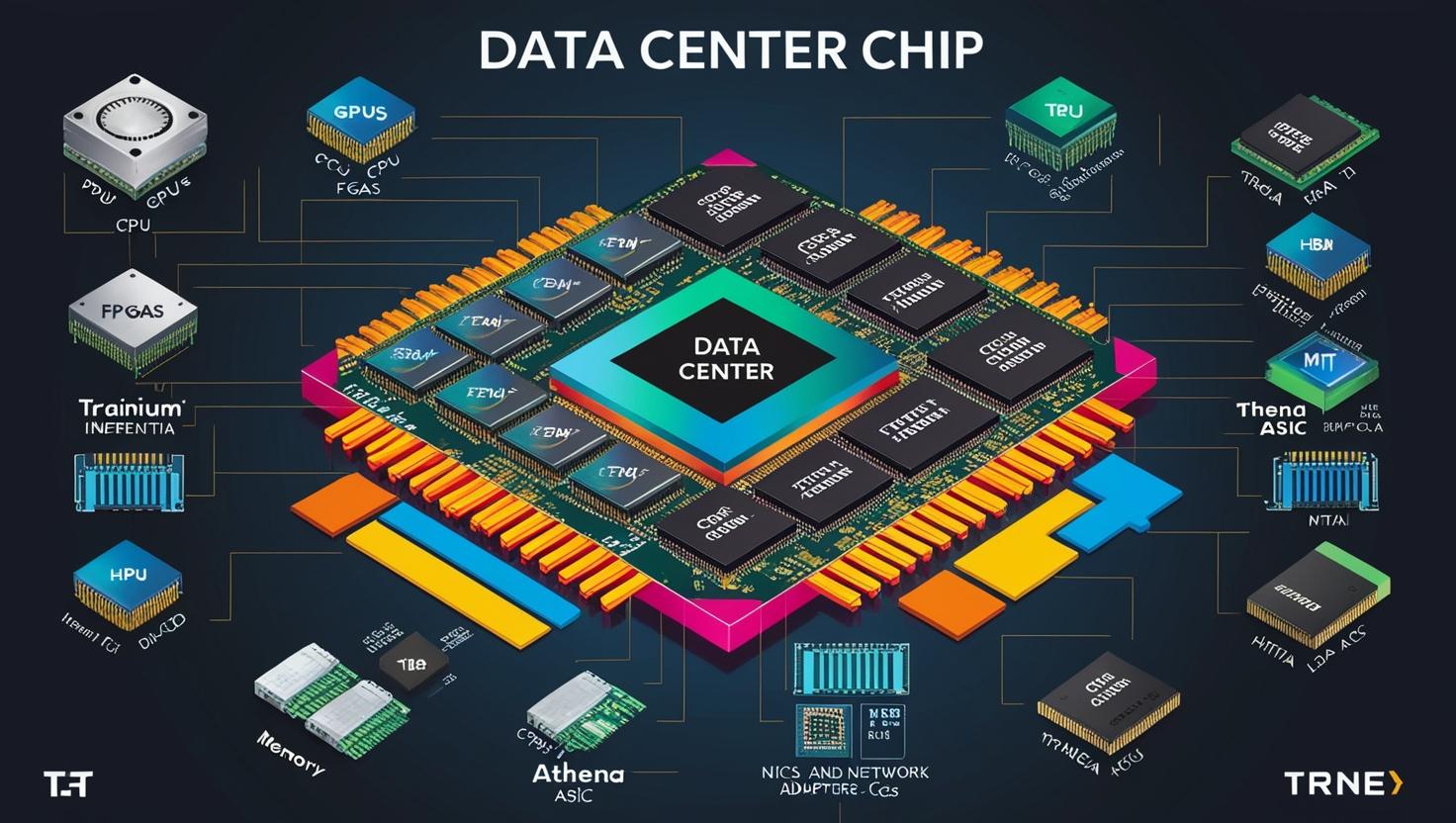The global server processor market is entering a period of accelerated expansion, driven by the explosive growth of artificial intelligence (AI), cloud computing, and data-driven enterprise applications. As organizations modernize their IT infrastructure to support increasingly complex workloads, the demand for high-performance, energy-efficient server processors is reaching new heights.
Digital Transformation Fuels Server Processor Demand
Over the past decade, digital transformation has reshaped how businesses operate—moving from on-premises systems to cloud-based platforms and distributed computing models. This transition has significantly boosted demand for data centers, which in turn rely on powerful server processors to manage workloads ranging from virtualization to AI inference and machine learning training.
Cloud service providers such as Amazon Web Services (AWS), Microsoft Azure, and Google Cloud are scaling their infrastructure rapidly, investing heavily in next-generation servers. These servers are powered by advanced processors capable of handling massive throughput, low latency, and energy-efficient operation. The trend is further intensified by the rise of hybrid and multi-cloud strategies, which require adaptable and scalable server architectures.
AI and Machine Learning Redefine Processing Needs
The AI boom has introduced a new layer of complexity and performance demands for server CPUs. Workloads such as large language models, recommendation engines, and computer vision systems are computationally intensive and require server processors that offer high core counts, robust memory bandwidth, and low-power operation.
While GPUs and dedicated AI accelerators are often used for training deep learning models, server CPUs remain essential for inference, data preprocessing, orchestration, and storage tasks. This has led to a surge in demand for heterogeneous computing environments, where CPUs play a foundational role alongside specialized chips.
Download PDF Brochure @
https://www.marketsandmarkets.com/pdfdownloadNew.asp?id=39999570

Chipmakers are responding with server processors optimized for AI and HPC (high-performance computing) workloads. Features such as on-chip AI accelerators, wider vector engines, and support for high-speed memory like DDR5 and HBM (High Bandwidth Memory) are becoming increasingly common in server CPU designs.
Shift Toward Custom Silicon and Open Architectures
To meet the rising demands of hyperscale data centers and niche workloads, many cloud providers and tech giants are investing in custom silicon. Companies like AWS (with Graviton), Google (with Axion), and Meta are developing their own server processors based on ARM or other architectures. These chips are tailored to their specific workloads, offering better performance-per-watt and greater control over the hardware stack.
This trend is fostering innovation in CPU design, accelerating the adoption of ARM-based and RISC-V server processors. These open architectures offer cost and power advantages over traditional x86 processors and are being increasingly viewed as viable alternatives in large-scale cloud deployments.
Efficiency and Sustainability Drive Processor Evolution
Energy efficiency is no longer a secondary consideration—it is a top priority. With data centers consuming vast amounts of power, server processor manufacturers are under pressure to deliver CPUs that not only perform but do so within stringent thermal and power envelopes.
Technological advancements such as 5nm and 3nm process nodes, 3D chip stacking, and chiplet-based architectures are enabling greater performance within lower power budgets. These innovations are crucial for achieving the compute density and thermal efficiency that modern data centers require.
Outlook: Strong Growth Ahead
The server processor industry is expected to continue its robust growth trajectory over the next several years. The convergence of AI, big data, 5G, edge computing, and cloud-native applications will further elevate the importance of powerful, flexible, and efficient CPUs in data center environments.
As businesses seek to future-proof their IT infrastructure, server processors will remain a strategic component of their digital backbone. Whether it’s powering AI inference in real-time, supporting billions of cloud transactions, or enabling edge analytics, the server processor is more vital than ever in enabling the next generation of computing.
